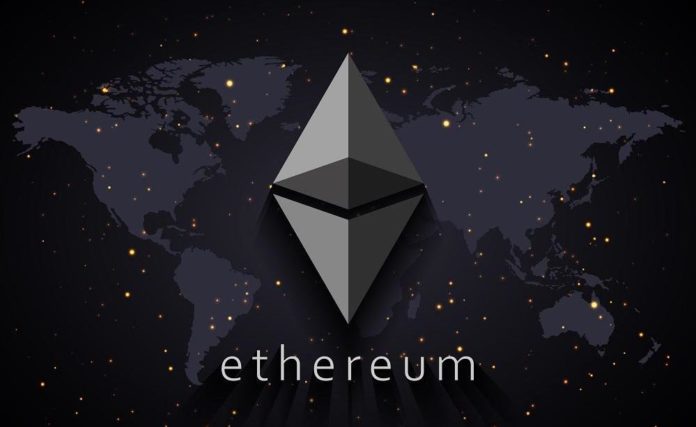Ethereum Name Service (ENS) is making a big shift. As gas fees continue to be a thorn in the side of Ethereum users, ENS has decided to migrate to a layer-2 network. This move aims to reduce transaction costs and speed up processing times, providing a more efficient and user-friendly experience for everyone involved.
ENS has been a fundamental part of the Ethereum ecosystem, translating complex Ethereum addresses into easy-to-read names. This service has become essential for many users who need to manage their digital identities without dealing with long, confusing strings of characters. However, the increasing popularity of Ethereum has led to skyrocketing gas fees, making transactions expensive and slow.
The decision to move to a layer-2 solution is driven by the need to address these issues. Layer-2 networks are secondary frameworks built on top of the main blockchain, designed to handle transactions off-chain and then report back to the main chain. This approach significantly reduces the load on the Ethereum network, leading to lower fees and faster transactions.
ENS’s migration plan is centered around these benefits. Users will find that interacting with ENS on a layer-2 network will be much cheaper and quicker. This change is expected to make ENS more accessible to a broader audience, encouraging more people to adopt Ethereum for their digital identity needs.
One of the critical aspects of this migration is ensuring that it is seamless for users. ENS has been working on making the transition as smooth as possible, with minimal disruption to current services. This involves extensive testing and collaboration with layer-2 providers to ensure that everything functions correctly once the switch is made.
The benefits of this migration extend beyond just lower fees and faster transactions. By moving to a layer-2 network, ENS will also be able to introduce new features that were previously not feasible due to the limitations of the main Ethereum network. This includes more complex and innovative uses of ENS, enhancing the overall functionality and utility of the service.
Furthermore, this migration is a step towards the broader scalability solutions that Ethereum is working on. Ethereum 2.0, the much-anticipated upgrade to the Ethereum network, aims to solve many of the current issues, including high gas fees and slow transaction times. ENS’s move to a layer-2 solution aligns with these efforts, contributing to the overall goal of creating a more scalable and efficient Ethereum ecosystem.
For users, the migration to a layer-2 network means more than just technical improvements. It represents a commitment by ENS to continue evolving and improving its services in response to the needs of the community. By reducing costs and increasing speed, ENS is ensuring that users can manage their digital identities more effectively and affordably.
The transition is also likely to spur greater adoption of ENS. Lower fees and faster transactions make the service more attractive to a wider audience, including those who may have been deterred by the high costs associated with Ethereum transactions. As more people use ENS, the overall ecosystem will benefit, creating a positive feedback loop of adoption and innovation.
This move by ENS is being closely watched by the broader blockchain community. It sets a precedent for other services that are grappling with similar issues on the Ethereum network. By successfully migrating to a layer-2 solution, ENS could pave the way for other projects to follow suit, leading to a more efficient and scalable blockchain environment.
The technical details of the migration are complex, involving numerous steps and collaborations with various stakeholders. ENS is working diligently to ensure that all aspects of the migration are thoroughly tested and secure. This includes working with layer-2 providers to integrate their solutions seamlessly with ENS, conducting extensive testing, and gathering feedback from the community to identify and address any potential issues.
The Ethereum Name Service’s move to a layer-2 network is a significant development in the blockchain space. It promises to reduce gas fees and improve transaction speeds, making ENS more accessible and efficient for users. This migration is a strategic response to the growing pains of the Ethereum network, aligning with broader efforts to enhance scalability and performance. As ENS embarks on this journey, the community can look forward to a more affordable and faster service, paving the way for greater adoption and innovation in the digital identity space.


